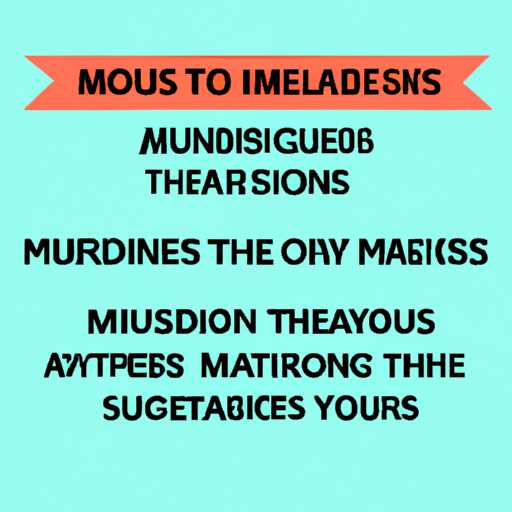
Learning how to read and interpret guitar tablature and sheet music is essential for any guitarist who wants to expand their skills and repertoire. Tablature and sheet music are two different methods of notating music, offering different levels of detail and information. In this guide, we will explore the differences between the two and provide you with the necessary knowledge to read and understand both.
Guitar tablature, commonly known as "tab," is a simplified form of notation that focuses on showing the player where to place their fingers on the guitar fretboard. It uses numbers to represent the frets and strings of the guitar, allowing players to recreate specific fingerings and sequences. On the other hand, sheet music is a universal method of notation used in various instruments, including the guitar. It uses traditional musical symbols to represent pitch, rhythm, and other musical elements.
Reading guitar tablature is relatively straightforward once you understand the basics. Each line on the tab represents a string on the guitar, with the bottom line representing the lowest-pitched string (usually the thickest string) and the top line representing the highest-pitched string. Numbers are placed on the lines to indicate which fret to play on that specific string. For example, a "0" indicates an open string, while a "3" indicates the third fret.
Tablature also includes other symbols and notation to indicate techniques such as bends, slides, hammer-ons, and pull-offs. These symbols enhance the tablature and provide more detailed instructions on how to play specific passages or solos.
When reading guitar tablature, it's crucial to familiarize yourself with the symbols and notation commonly used. Some of the most common symbols include:
These symbols provide additional instructions on how to play specific techniques, adding depth and dynamics to your playing.
Reading sheet music for guitar requires an understanding of musical notation. Sheet music uses staff lines and clefs to indicate pitch, rhythms, and other musical elements. Each note on the staff represents a specific pitch, and the duration of the note is indicated by the shape of the note head and its stem.
Sheet music for guitar also includes chord diagrams, which show the suggested fingerings for specific chords. These diagrams help guitarists visualize the position of their fingers on the fretboard, making it easier to play complex chord progressions.
Sheet music for guitar uses various symbols and notation to convey musical information. Some of the essential symbols include:
Understanding these symbols and notation will allow you to accurately interpret and play sheet music for the guitar.
Practicing reading guitar tablature and sheet music can significantly improve your musical skills. Here are some tips to help you in your practice:
While learning to read guitar tablature and sheet music, it's important to be aware of common mistakes that can hinder your progress. Some of these mistakes include:
Awareness of these mistakes will help you avoid them and progress faster in your musical journey.

Guitar tablature and sheet music are valuable resources for learning songs on the guitar. By reading and understanding these notations, you can accurately reproduce your favorite tunes. Here's how you can use them to learn songs:
Using guitar tablature and sheet music as learning tools will enable you to expand your repertoire and become a well-rounded guitarist.
Learning to read guitar tablature and sheet music opens up a world of musical possibilities. It allows you to communicate and collaborate with other musicians, learn a wide range of songs and styles, and develop your musicality and understanding of music theory. Whether you prefer the simplicity of tablature or the depth of sheet music, mastering both will make you a more versatile and skilled guitarist.
Start your journey today by practicing reading guitar tablature and sheet music. Explore various resources, seek guidance when needed, and most importantly, enjoy the process of learning and discovering new musical horizons.